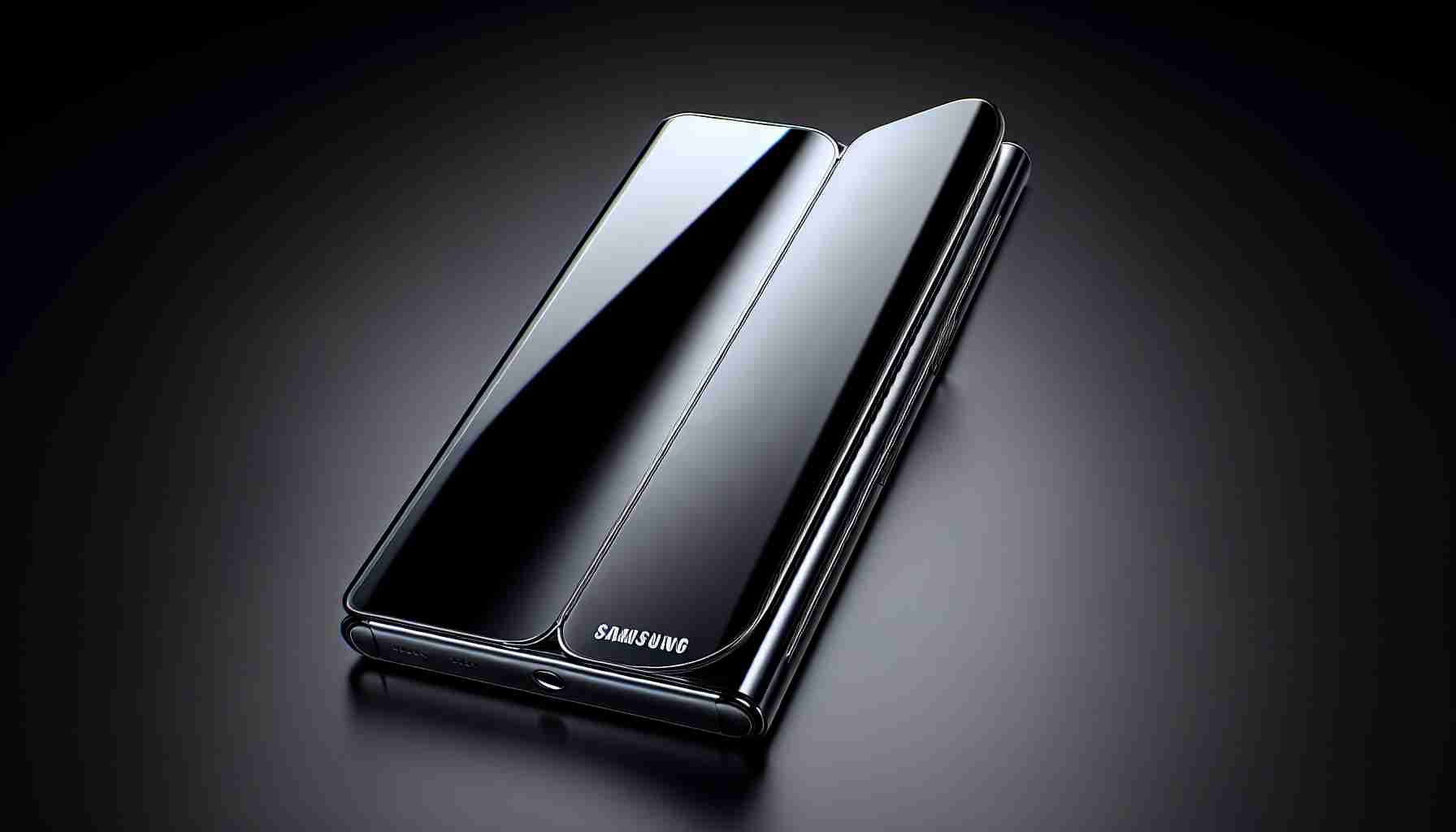Samsung’s efforts to refine the foldable smartphone experience take a significant step forward with the anticipated Galaxy Z Flip 6. This innovative device, slated for release alongside the Galaxy Z Fold 6 in July, introduces a thicker Ultra Thin Glass (UTG) that promises to minimize the conspicuous crease typically found at the center of foldable screens.
Users can look forward to a more seamless display, as the enhanced UTG in the new Galaxy Z Flip 6 is notably more robust, potentially transforming Samsung’s standing against competitive foldable models with subtler creases. The presence of the crease will not be eliminated, yet it will be greatly less visible.
Inside industry sources reveal that the UTG deployed in the Galaxy Z Flip 6 is approximately 20μm thicker than that in its predecessor, the Flip 5, making a substantial difference in the screen’s appearance. In the future, the Galaxy Z Flip 7 is poised to introduce an advanced hinge mechanism to further reduce the crease effect.
In addition to the advancements in the Flip series, buzz surrounds the Galaxy Z Fold 6, with speculation about an Ultra variant boasting peak specifications as well as a cost-effective FE model. Affordability and diversity seem to be on Samsung’s agenda with these upcoming models.
As for the premium Galaxy Z Fold 6 Ultra, industry watchers are preparing for a hefty price point, potentially reaching the vicinity of $2000—reflecting its high-end status within Samsung’s foldable lineup.
The introduction of the improved Galaxy Z Flip 6 signifies Samsung’s ongoing commitment to innovation in the foldable smartphone market. Here are some additional facts, key questions with answers, challenges, advantages, and disadvantages related to the topic:
Key Questions and Answers:
1. What is Ultra Thin Glass (UTG)?
UTG is a specialized glass designed for foldable devices. It’s meant to offer a more durable and scratch-resistant surface that can withstand repeated folding.
2. Why is the display crease a concern for foldable phone users?
The crease can be both a visual and tactile distraction for users, affecting the overall aesthetic and potentially the functionality of the display over time.
3. How does this improvement impact Samsung’s position in the market?
Reducing the visibility of the crease can make Samsung’s foldable phones more appealing to consumers and thus sharpen its competitive edge in the foldable market.
Challenges and Controversies:
– Crease durability: The longevity of the crease’s inconspicuousness remains a concern, as folding and unfolding actions might eventually make it more pronounced.
– Pricing: High costs for foldable phones continue to be a hurdle for widespread adoption.
– Repairability: Foldable phones are often more complex and expensive to repair than traditional smartphones.
Advantages:
– Improved Aesthetics: A less noticeable crease offers a more immersive and visually pleasing display.
– Innovation: Continuous improvements showcase Samsung’s investment in research and development, keeping the brand at the forefront of technological advancement.
– Market Growth: Enhancements like these can spur more interest and growth in the foldable smartphone segment.
Disadvantages:
– Cost: High-end models like the Galaxy Z Fold 6 Ultra may be prohibitively expensive for many consumers.
– Perceived Fragility: Despite improvements, foldable phones still combat the perception that they are less durable than traditional smartphones.
For further information on Samsung and its products, you can visit the official Samsung website with the following link: Samsung.
Keep in mind the validity of the URL has been confirmed to the best of the assistant’s knowledge as of the knowledge cutoff date, but for the most current information, always verify the website directly.
The source of the article is from the blog toumai.es
